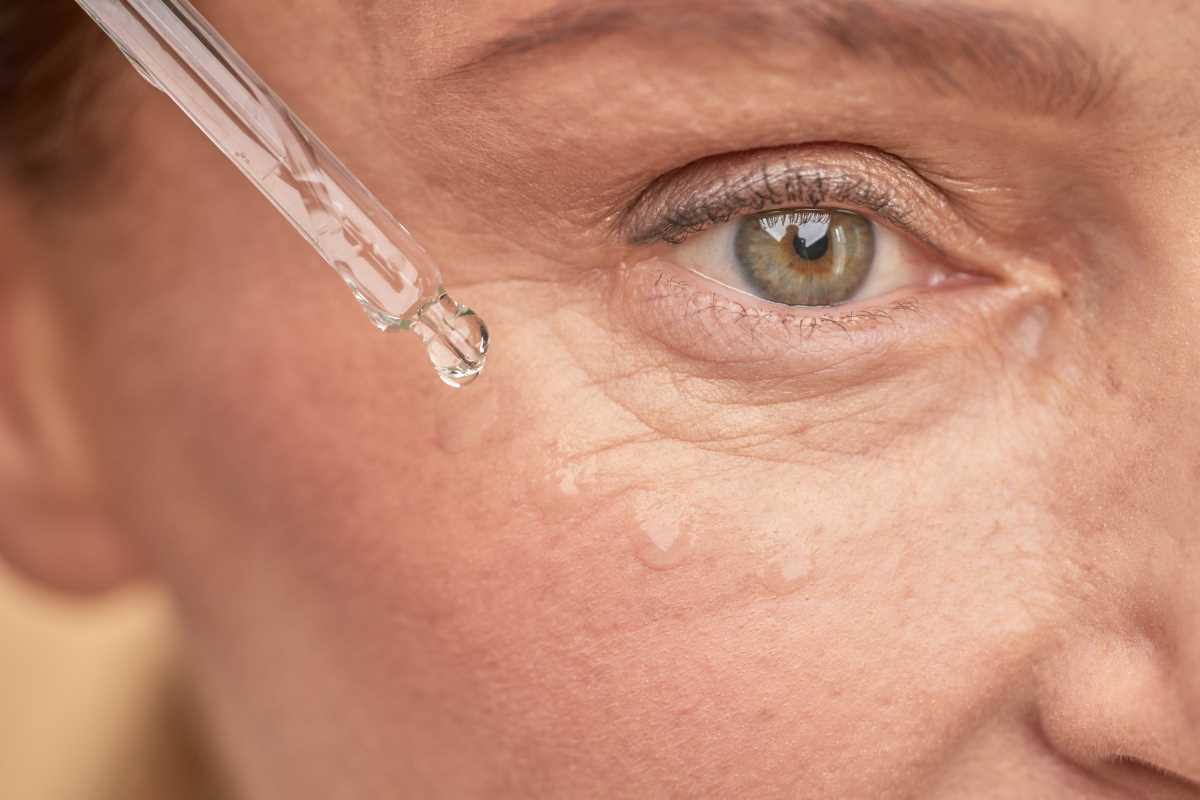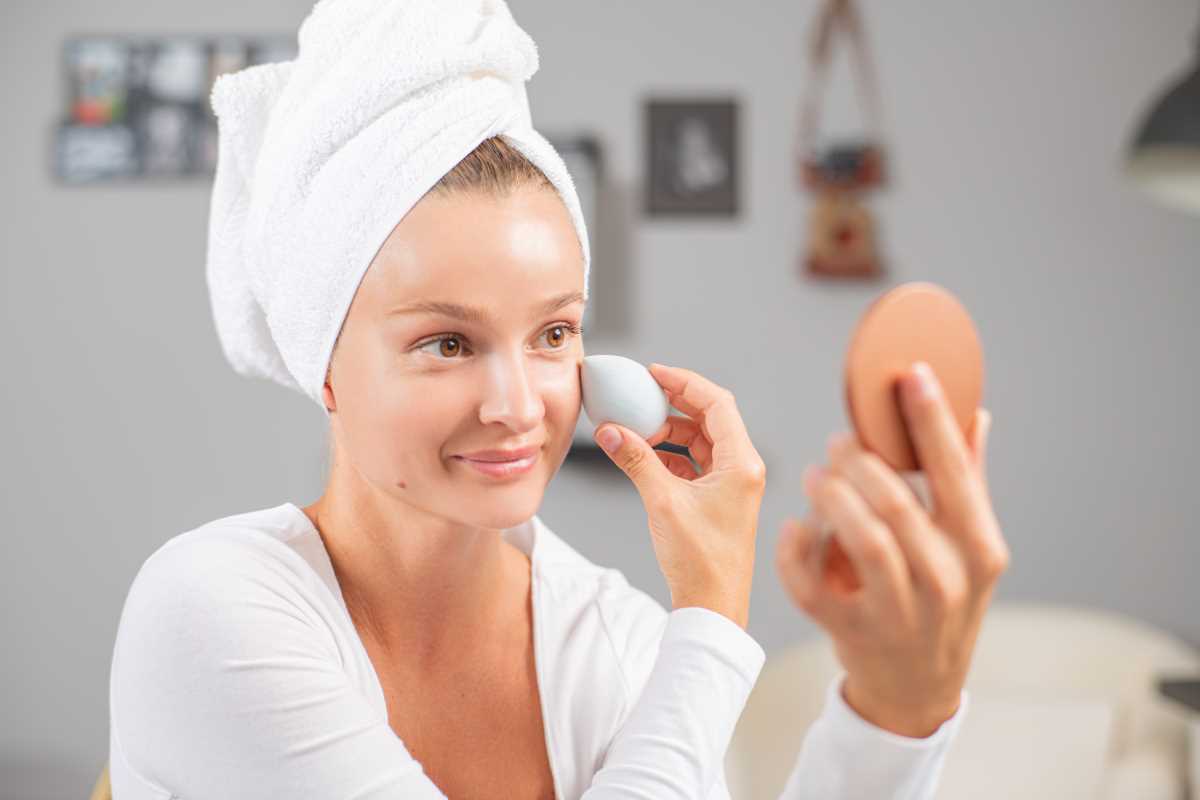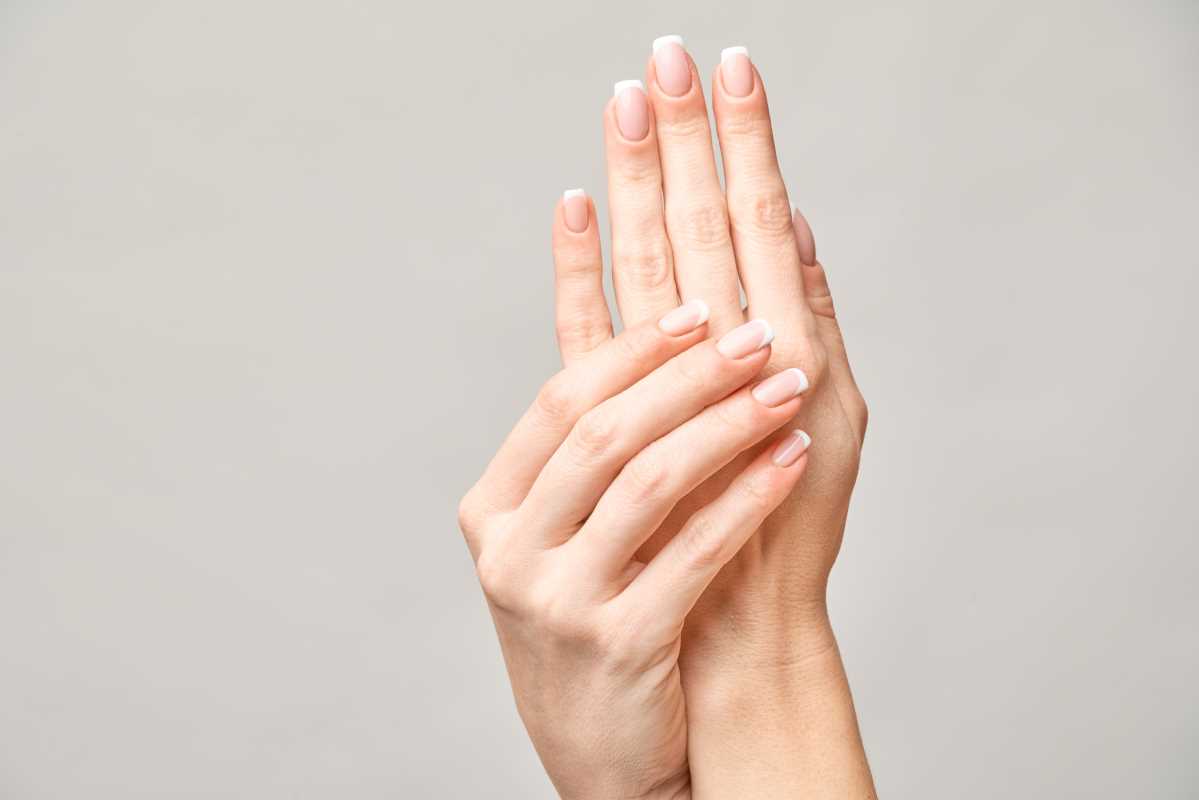Exfoliating dead skin cells is essential for maintaining healthy, glowing skin. Dead skin cells can accumulate on the surface, leading to dullness and clogged pores. Here are some top tips for effectively removing dead skin cells.
Tips To Remove Dead Skin Cells
Regular exfoliation is key to sloughing off dead skin cells and revealing fresh, radiant skin underneath. Using a gentle exfoliating scrub 2-3 times a week can help to unclog pores and prevent breakouts. Look for products with natural exfoliants like sugar or salt for a gentle yet effective scrub.
Incorporating chemical exfoliants like alpha-hydroxy acids (AHAs) or beta-hydroxy acids (BHAs) into your skincare routine can help to dissolve dead skin cells and promote cell turnover. These ingredients can be found in toners, serums, and masks, and are great for targeting specific skin concerns like acne or uneven skin tone.
Dry brushing is a popular technique for exfoliating the skin and improving circulation. Using a dry brush with natural bristles, gently brush your skin in circular motions before showering to slough off dead skin cells and promote lymphatic drainage. This can help to improve the appearance of cellulite and leave your skin feeling smooth and rejuvenated.
Regularly moisturizing your skin is also important for preventing the buildup of dead skin cells. Dry, dehydrated skin can lead to flakiness and roughness, so using a rich moisturizer can help to keep your skin soft and supple. Look for moisturizers with ingredients like hyaluronic acid or ceramides to lock in moisture and strengthen the skin barrier.
Protecting your skin from the sun is crucial for preventing damage and the accumulation of dead skin cells. UV radiation can accelerate skin aging and lead to the development of rough, uneven skin texture. Make sure to use a broad-spectrum sunscreen with at least SPF 30 every day, even on cloudy days, to protect your skin from harmful rays and maintain a healthy complexion.
(Image via Adobe)







